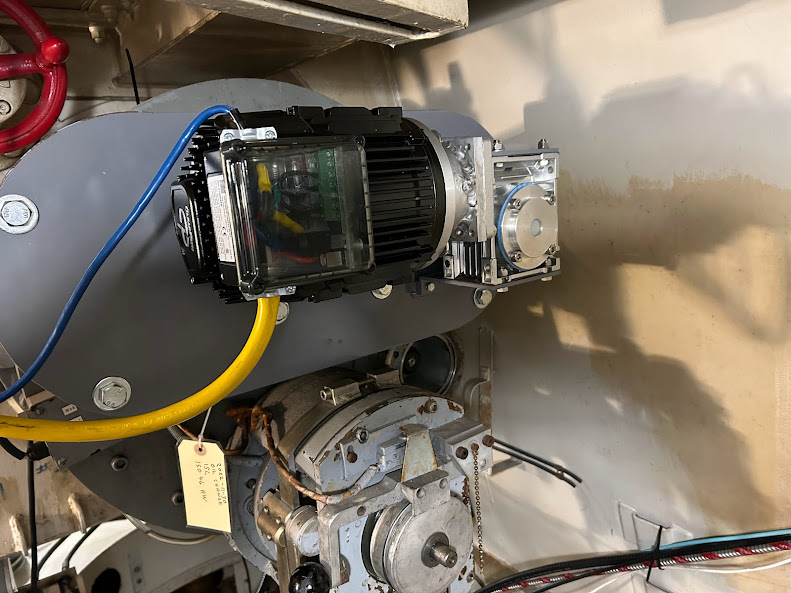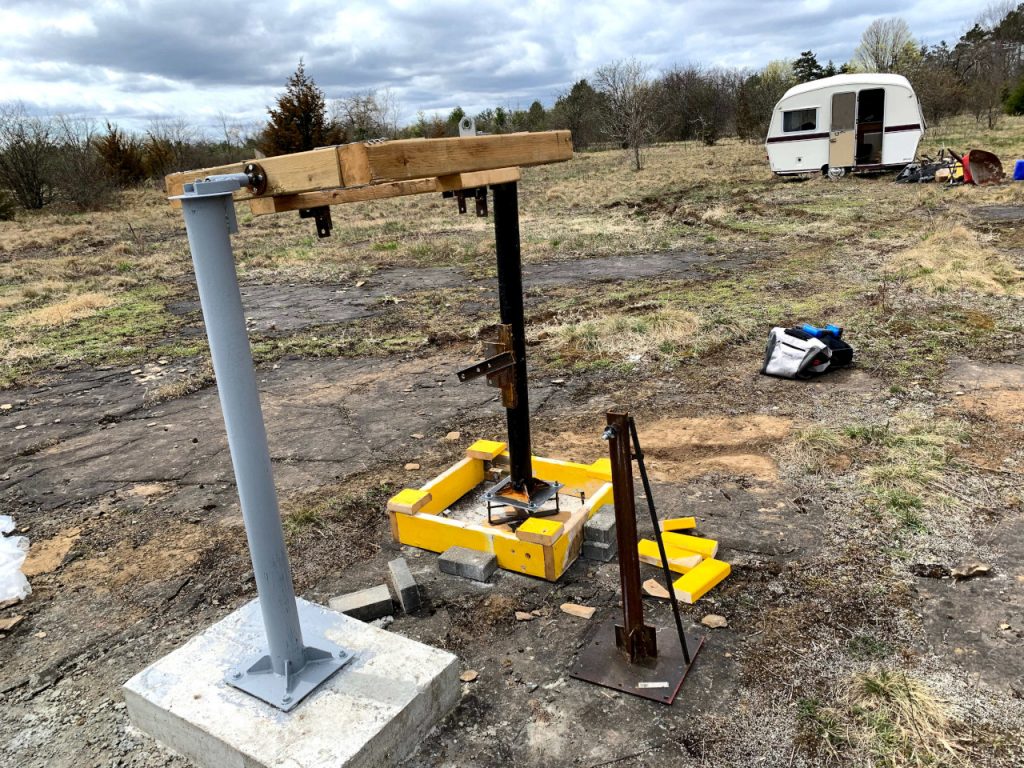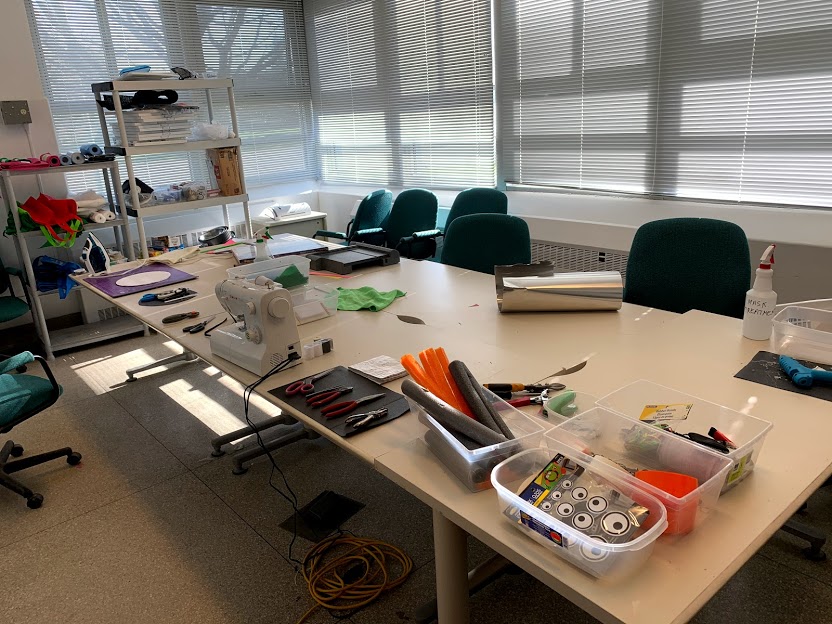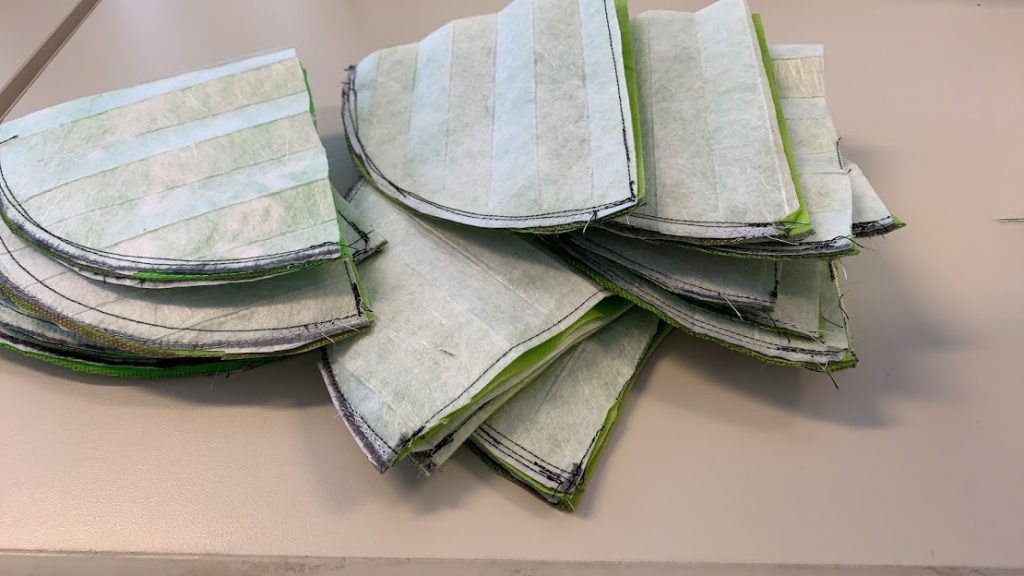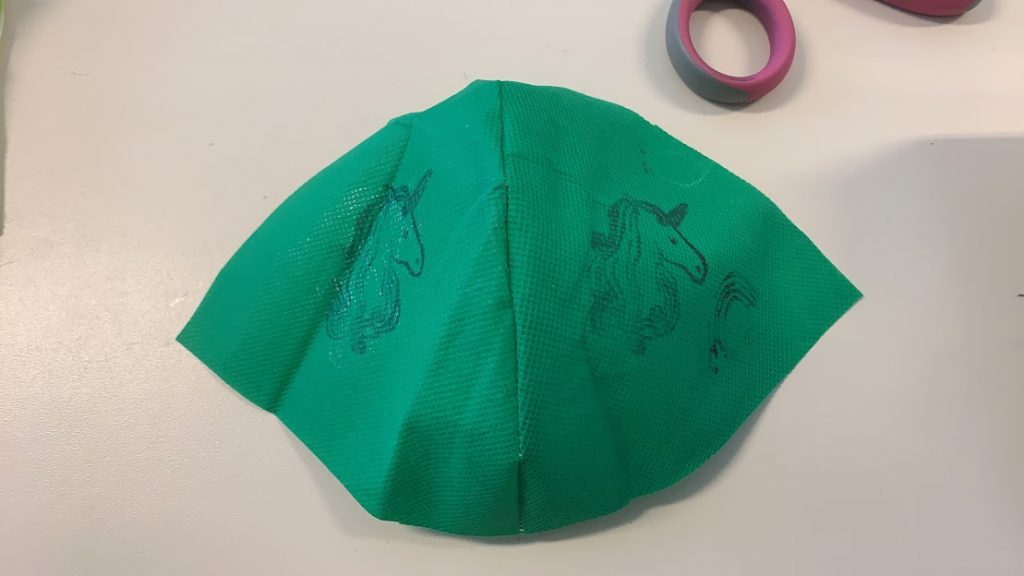2024 Open House a Roaring Success
CCERA once again hosted an Open House, as part of Doors Open Ottawa, which is an annual event across the city to encourage organizations and businesses to share their work and vision with the public.
We had over 600 visitors over the course of the two-day event, held June 1 and 2nd, and were able to do some demonstrations of dish motion this year, much to the delight of visitors.
We had a fairly-full “crew” supporting this event, with Marcus Leech, Dan Marlow, Gary Atkins, and Doug Yuill answering a nearly-continuous stream of excellent questions from visitors along with showing them around the facility.
Looking forward to next year!
-Marcus

